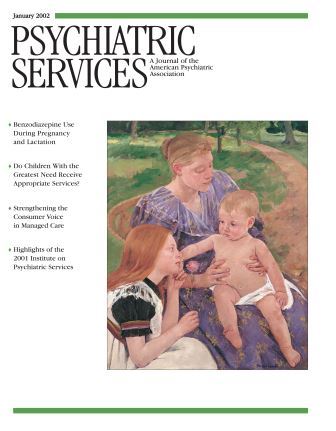Rehab Rounds: Training Professionals in Use of Positive Methods for Community Integration of Persons With Developmental Disabilities
Abstract
Introduction by the column editors: Mainstream psychiatry has all but ignored the clinical needs of persons with developmental disabilities. With some notable exceptions, individuals in this group have been served in the community by behaviorally oriented psychologists or relegated to long-term institutional care (1,2). However, effective interventions are available, beginning with a functional analysis of the antecedents and consequences of targeted problem behaviors. Procedures for building adaptive coping and functional skills or compensating for their deficiency have been developed that are based on skills training, wraparound supports for employment and community living, stimulus control, and contingencies of reinforcement (3,4). Applied behavior analysis using task analysis, stimulus control, and contingencies of reinforcement also spawned some of the first techniques—including the token economy—shown to improve functioning and reduce psychopathology among persons with schizophrenia.One of the premier organizations to have documented the efficacy of person-centered, behavior-analytic, and community-based wraparound support services for persons with developmental disabilities is the Institute for Applied Behavior Analysis in Los Angeles. The institute was founded 20 years ago and has served more than 1,000 children, adolescents, and adults with developmental disabilities. Its staff have designed and empirically validated nonaversive techniques for modifying the behaviors that place their clients or others at risk of harm or injury and that often lead to the clients' ejection or isolation from community life. In this Rehab Rounds column the authors describe and evaluate the institute's training and consultation activities.



